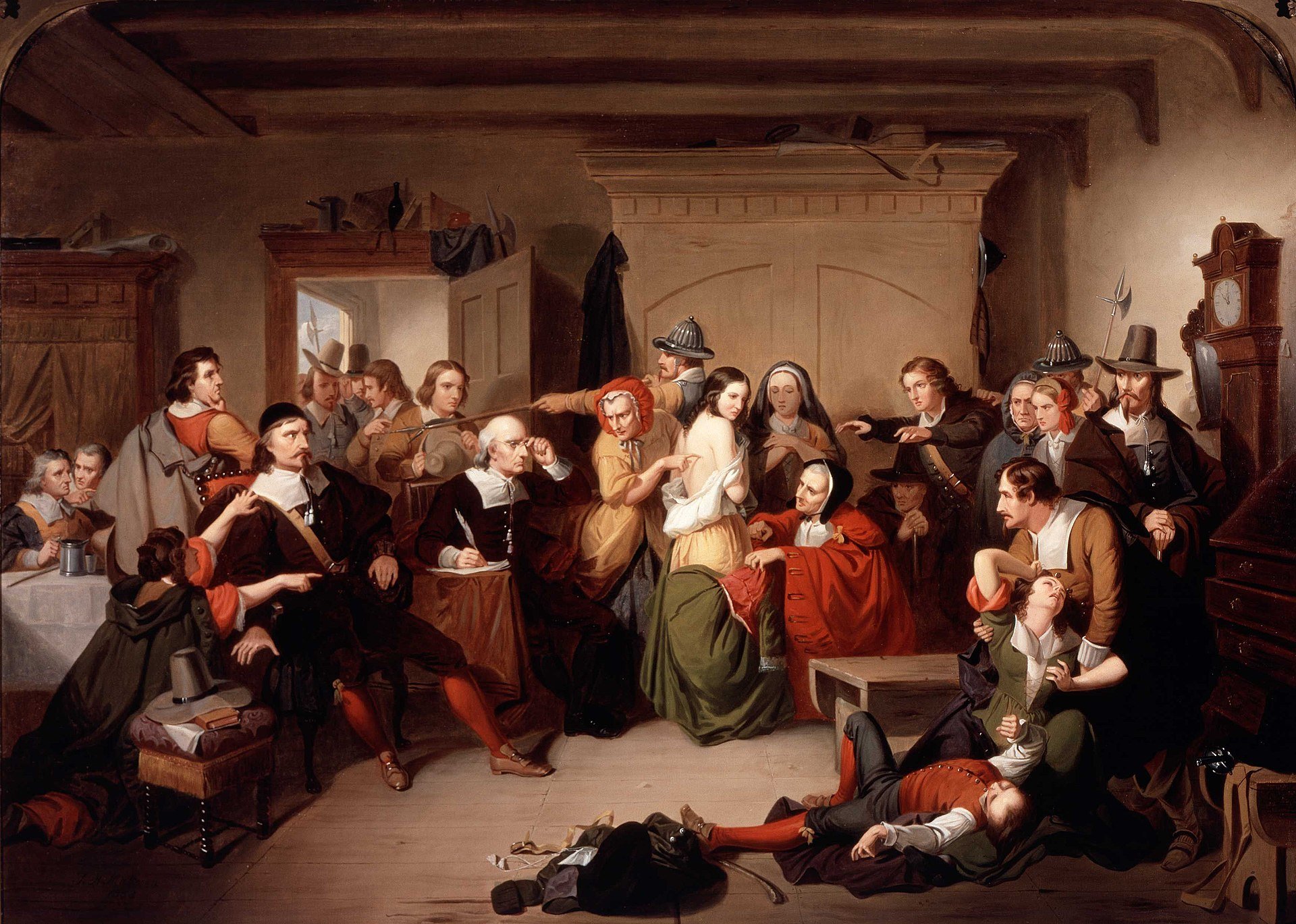How Historical Fiction Can Help Us Make Sense of the Senseless
A Guest Blog Post by Greg Houle
Over the past three years, I have been completely immersed in the Salem witch trials as I researched and wrote my book, The Putnams of Salem: A novel of power and betrayal during the Salem witch trials, as well as continue to produce The Salem Witch Trials Podcast.
In spite of my life-long passion for history, as well as my familial connection to the events (my seventh great grandfather on my mother’s side was Thomas Putnam, Jr. who, along with his oldest daughter Ann, were two of the most prominent accusers in Salem), I had not had any particular interest in this moment in history.
While I can’t fully explain my apathy, I think it had something to do with my preconceived notion about the Salem witch trials—it was the tragic result of some overzealous, misogynistic Puritan fanatics. In my mind, the witch hysteria in Salem was an embarrassingly simple anomaly of history that wasn’t worth the time.
Once I started to explore what happened in and around Salem in 1692, however, I quickly recognized that there was so much more to this story than we often conclude. Yes, overzealous, misogynistic Puritans were involved. But there were many other factors that helped to drive these unfortunate events forward as well. From the breakdown in relations between Native communities and settlers to the shifting economy that was tilting ever so slightly away from subsistence farming and toward mercantilism. From the souring relationship with the English Crown to the way in which traditional Puritanism was fading into obscurity. And, perhaps more than anything else, the wide-ranging fear that was pervasive throughout the Puritans’ existence in late seventeenth-century America.
Like nearly every other moment in history, the Salem witch trials were brought about by a range of complex and dynamic forces, and the people involved were equally complex and dynamic. But as human beings, we have an innate desire to want to make sense of such things. And to do that, we often turn to simplification. We conclude, for example, that the Salem witch trials happened entirely because of fundamentalist Puritanism, or neighborly squabbles, or that they were instigated as part of a greedy land grab. Such neat and tidy answers help us make sense of the senseless. The truth, however, usually gets in the way of our attempts at simplicity.
Examination of a Witch (1853) by T. H. Matteson, inspired by the Salem trials - Image from Wikimedia Commons
For an event that occurred over three centuries ago in a relatively primitive colonial backwater, the Salem witch trials are fairly well documented. Primary source material gives us a pretty good sense of the who, what, when, where, and how of the witch crisis. We know that 25 innocent people lost their lives, 19 of whom were tried, convicted, and executed. We also generally know who was accused and arrested, what occurred during their trials, and even much of what was taking place politically behind the scenes.
But what we don’t know in any meaningful way is perhaps the most critical component for understanding why the Salem witch trials happened in the first place. What were the people involved thinking and feeling as these events unfolded?
That is the question that drew me to writing a historical fiction novel about the Putnam family during the Salem witch crisis. After all, this family—my own relatives—were at the very center of it all, making dozens of accusations that helped to propel the events forward at a frenetic pace. When Ann began acting strangely during the cold winter of 1692, claiming to see the specters of her neighbors poking and prodding her, what did her father Thomas think? When Ann and the other so-called “afflicted” girls suffered fits that caused them to contort their bodies into impossible positions, make strange vocalizations, and claim to see devilish visions, how did these frightening and confusing events make the people of Salem feel?
In the words of the great novelist E. L. Doctorow, the historian will tell you what happened. The novelist will tell you what it felt like.
Ultimately, how they felt about these highly unusual happenings and, more importantly, how those emotions caused them to react, is essential to understanding the “why” of the Salem witch crisis. More than anything else, it was the human emotion of fear generated by this collection of strange occurrences that drove the crisis forward. Yet how are historians supposed to quantify such things?
This is where historical fiction can be particularly useful. Novelists have the freedom to credibly explore these important human emotions in ways that historians simply cannot. Most of the details in The Putnams of Salem are entirely factual (with one notable exception) but I focused on exploring the emotional descent that Thomas and Ann made as they got deeper into the crisis. After all, they were human beings, with a full range of human emotion. And there’s little doubt that those emotions were the driving force behind what happened in Salem in 1692, just as a range of human emotions have been the driving force behind so much of what has happened in the past, and continues to happen today.
While historians are often at a loss about how to quantify human emotions such as fear, anger, and jealousy, historical fiction thrives at answering such questions. And because of this, reading historical fiction can often afford us a more complete picture of just how these critical human emotions affect the past.
About the Author
Greg Houle is a writer and storyteller living in Los Angeles. He is the author of The Putnams of Salem: A novel of power and betrayal during the Salem witch trials and the creator and host of the Salem Witch Trials Podcast.



